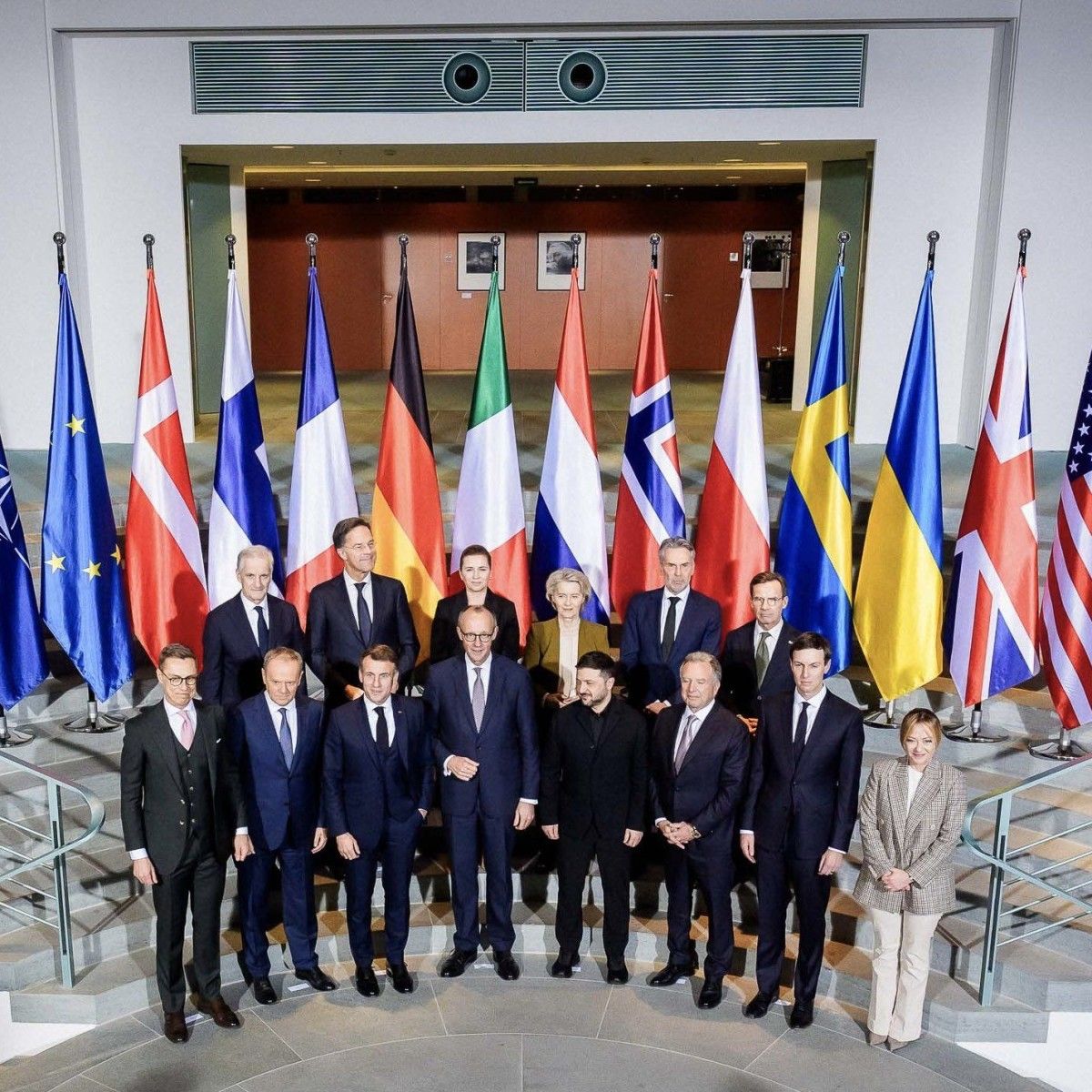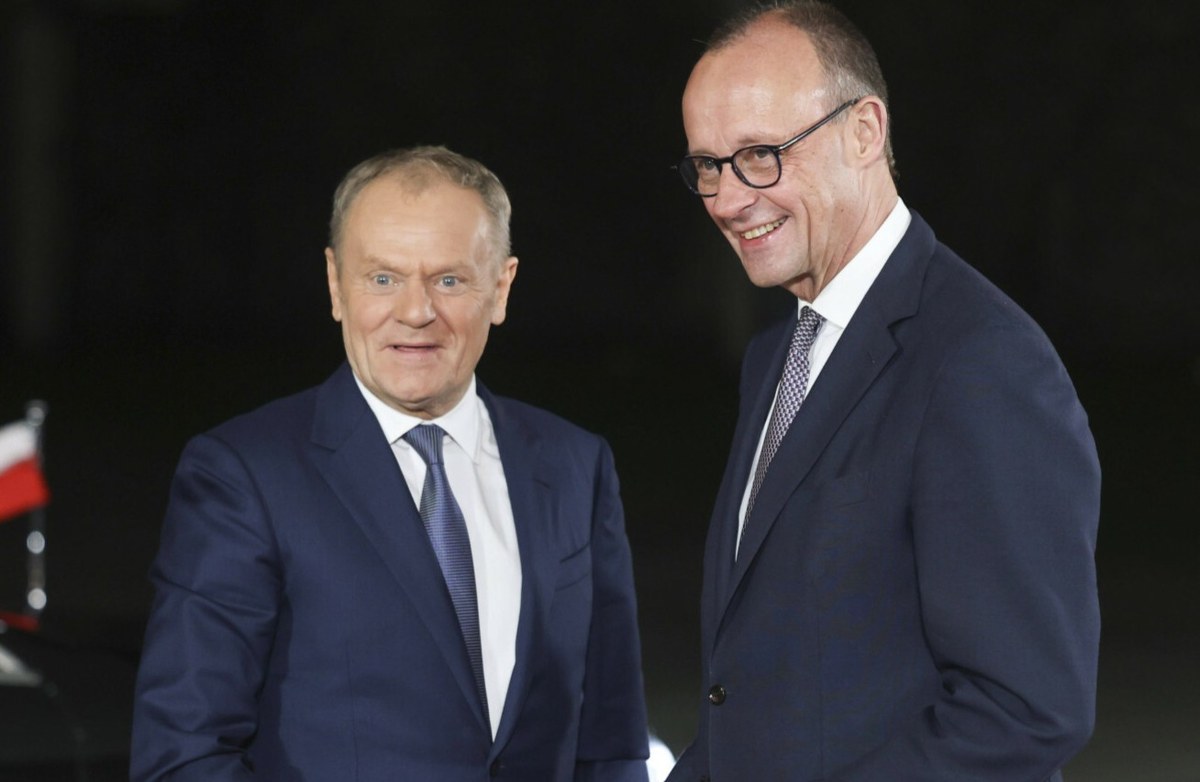Global shipowner of MSC builds footheads in western Ukraine
The largest container carrier in the planet – Swiss-Italian MSC – gradually strengthens its position in Ukraine by taking control of the full logistics chain. The company strives to accomplish competitive advantages over Danish Maersk or French CMA CGM, who, like it, slow return to the ports of the alleged large Odessa (Odessa, Black Sea and Piwdenna). The MSC acquires cargo terminals in the west of the country and, thanks to its acquisition in 2024, 49.9% of the shares in German HHLA, which is the terminal operator, among others, in the ports of Hamburg and Odessa and the owner of the leading intermodal operator in Central Europe, Metrans, is able to gain a dominant position on the Ukrainian market. The ambition of the MSC is supported by the progressive transport integration of Ukraine into the European Union, including the construction of standard gauge lines.
Ukrainian handling infrastructure during the war
Since a full-scale Russian invasion of Ukraine in its western part, it has accelerated the improvement of transhipment infrastructure. This is simply a consequence of the shift of freight flows to road and rail transport due to the periodic blockades of the ports of the sea, as well as the transfer of industrial plants from the front territories to circuits closer to EU borders. This besides involves investments in average track infrastructure on the Mościska-Skniłów sections (from the border with Poland to the Lwów area), for which the EC declared to contribute EUR 76 million in July, and Uzhhorod-Czop (at the border with Slovakia and Hungary), which was officially opened on 8 September.
Kiev hopes that these investments will consequence in the acquisition of added value from the neighbouring EU countries from transhipment operations, freight and freight services, etc., which would make crucial budgetary revenues and profits for national logistics companies, including the State railway company Ukrzalizenia (UZ), both the railway infrastructure manager and the passenger and freight carrier. In fresh years, fresh transshipment terminals have begun to be built in the west of the country, in the border area. request is so advanced that the current problem for investors is the deficiency of available land for the construction of fresh terminals. These processes have not missed the attention of the world's largest shipping lines and, in particular, the global leader in this sector, the MSC.
Since the spring of 2024, global shipowners began gradually returning to the ports of the alleged large Odessa, although the Ukrainian container marketplace inactive serves mainly abroad ports – Romanian Konstanca and Gdańsk (as many as 40% of cargo carried to Ukraine passes the Gdańsk Baltic Hub terminal).
Prior to the Russian invasion, Ukrainian ports transhipped comparatively small – over 1 million TEUs per year. Due to the temporary blockade of the ports of the alleged large Odessa in 2023, this was only 65,000 TEUs, but in 2025 it is expected to be reflected to around 320 000 TEUs. MSC is presently calling Odessa, where HHLA is the operator of the largest container terminal in Ukraine CTO (Container Terminal Odessa). CMA CGM besides uses this port, while Maersk swims to Black Sea.
An ambitious MSC strategy
The Ukrainian marketplace can play a precedent function in a fresh strategy for global shipowners to gain control of the full logistics chain in Europe. Not only do they offer maritime connections, but they besides take on the added value of rail, road, handling and retention services and customs agencies from another operators. specified actions in Ukraine are gradually implemented by the MSC, which wants to strengthen its position in the area of logistics services and land transport between Ukraine and the EU.
Recently, the MSC has made a number of key acquisitions of terminals in Ukraine.In May, his subsidiary Medlog, a logistics operator, acquired 50% of the shares in N’UNIT, the management of intermodal terminals in Kharkov, Dnieper and Kiev from Ukrainian businessman Jehor Hrebennik, as well as 25% of the shares in the terminal in Mościska (Container Terminal Mostyska, CTM), located at the border with Poland (50% inactive owned by Lemtrans, affiliated with Ukrainian oligarch Rinat Achmetov). CTM can service as a transhipment hub, as it has tracks with both spacings – both wide (1520 mm) and average (1435 mm). The company is developing rapidly: between 2022 and 2024 its revenues increased from 97million hryvnia (about $2.4 million) to 389 million hryvnia ($9.4 million). This transaction is the consequence of the negotiations going on for about a year; the Ukrainian Forbes estimates the value of the contract at EUR 15-30 million.
In June, the German logistics operator HHLA (managing container terminals in the ports of Hamburg, Odessa, Tallinn and Trieste), in which 49.9% of shares owned by MSC, offered to acquisition 60% of shares in the Eurobridge Batiowo intermodal terminal, located close the border with Hungary and Slovakia. On 7 August, the Antitrust Committee of Ukraine agreed to the transaction, beginning the way for its finalisation in the close future. This terminal besides has access to both track gauges and will operate under the fresh name HHLA Eurobridge Batiowo – as a joint venture of the German company and the Ukrainian investment company Fortior Capital. Although the terminal presently mainly operates bulk loads, HHLA plans to launch container handling in the last 4th of 2025.
According to the strategy, Batiowo is expected to operate creeks towards South Europe (via Slovakia and Hungary), while Mościska – Western Europe (through Poland).The improvement of these terminals is to be assisted by HHLA-owned Metrans, which is already the largest intermodal operator in Central and east Europe thanks to its extended network of transshipment terminals in Austria, the Czech Republic, Germany, Poland, Romania, Serbia and Slovakia. The presence on the Ukrainian marketplace will surely represent a crucial improvement impulse for this company. As Ukraine inactive has a monopoly on rail transport, the UZ (the request to join the European Union will be to liberalise this market, which will take many years), Metrans cannot carry them out straight for the moment. Thus in 2020, HHLA established a company in the country – Ukraine Intermodal Company (UIC), which deals with freight transport, mainly from the CTO terminal in Odessa, in cooperation with the UZ.
Perspectives
Other shipowners, specified as Maersk and CMA CGM, besides importantly increased their presence in Ukrainian intermodal terminals, utilizing dry ports in Kharkiv, Chernihov, Dniepra, Kiev, Gluing, Mościskach, Tarnopol, Winnica or Zaporozh. Maersk, then Deputy Prime Minister, and now Prime Minister Julija Swyridenko, encouraged the improvement of operations in Ukraine and became the operator of the container terminal in Czarnomorsk, 1 of the largest in the country. However, at present neither Danish nor French shipowners are capitalised in any of the terminals in that country.
Increasing interest from shipping lines and another global logistics players is expected to invest in transhipment terminals in Ukraine. This besides involves ambitious plans by Kiev to grow the border infrastructure. Importantly, nearly half of the measures envisaged in Ukraine Strategy for the improvement and expansion of border infrastructure with EU and Moldova countries by 2030 (46.6 billion hryvnia, or about $1.13 billion) is intended for infrastructure projects close the border with Poland. These will include the modernization and expansion of 5 road crossings (Ja hours, Hug, Rawa Ruska, Nizankowice, Szegina) and 2 railways (Ja hours and Mościska).
Partial transfer of transshipment operations into Ukraine should be considered as a natural process (with the movement of the contact of the average and wide track to the east). This involves competitive rates offered by the terminals there, the monopoly position of the UZ and the expanding presence of the world's largest shipping lines in intermodal terminals in Ukraine. However, this is linked to the failure of possible profits by Polish terminal operators and railway and road carriers, as well as – in the future – the threat to the operation of PKP LHS.
Map. Railway infrastructure and selected transhipment terminals in western Ukraine

Source: own development.











